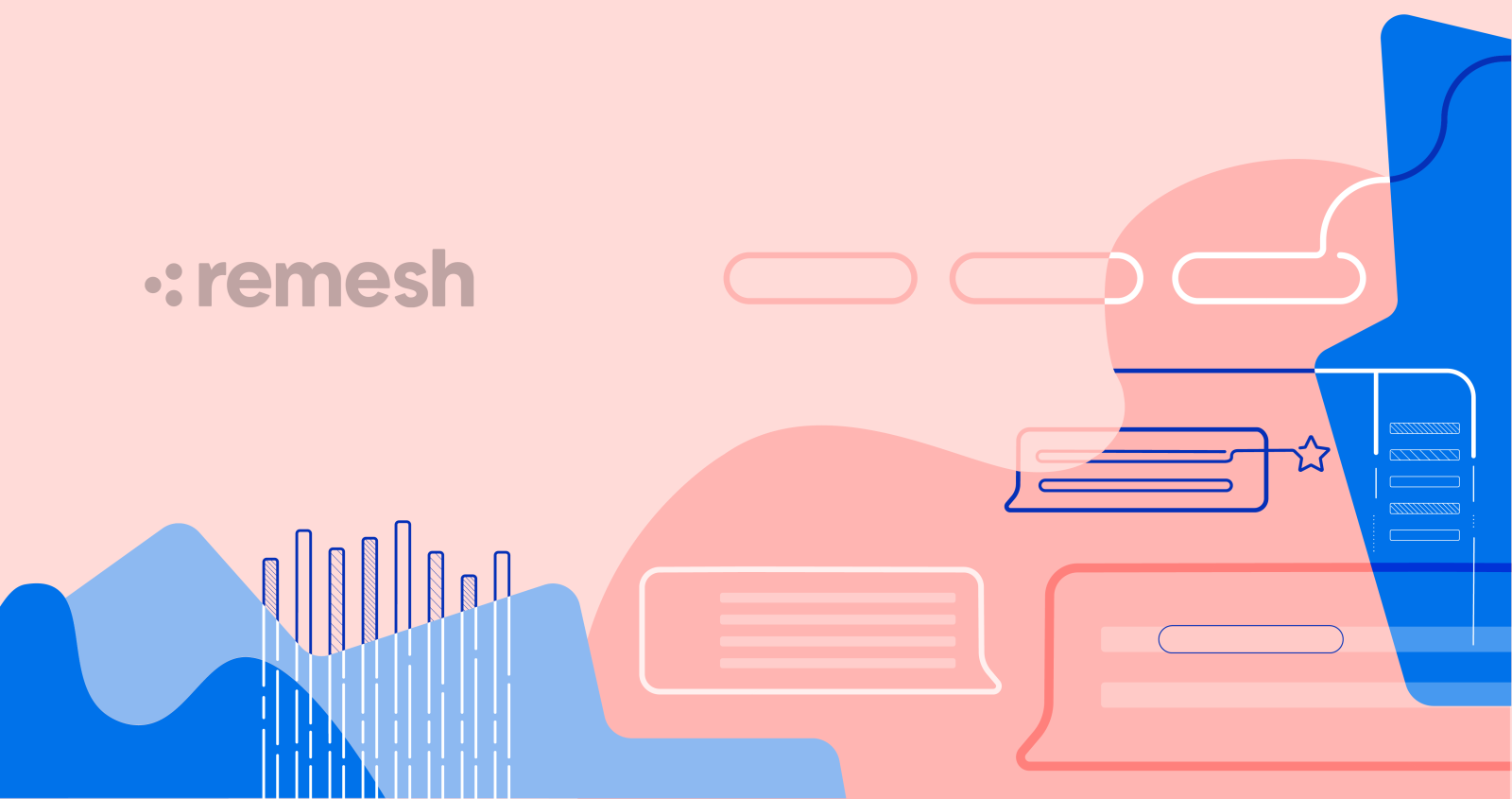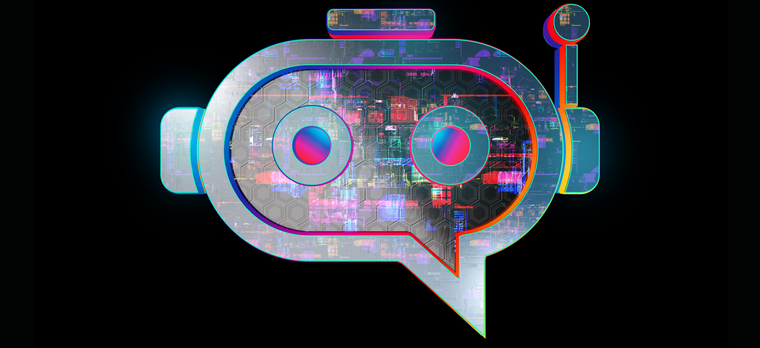What do the futures of quant and qual methodologies hold?
AI turns qualitative data into numerical representations you can compute with, quantify, and confidently extract patterns from.

Article series
Qualitative methods
- Safety and (dis)comfort in qualitative research
- Predictive qual
- Insight communities – hidden depths
- Brand ethics in pandemic time
- The hidden key to happiness
- Identity conflict
- Sales and market research
- Practising empathy
- Market research vs. UX research
- What do the futures of quant and qual methodologies hold?
- Social listening has a long way to go
- What I learned in my first 6 months as a market researcher
- Asking questions that will inspire more transformative insights
- Challenges of qualitative research today - Part 1
- Welcome to the Twatterverse!
- Challenges of qualitative research today - Part 2
- Best practices in writing a discussion guide
- Experience improvement
- The post-pandemic dominance of CRM and UX research
In 2022, researchers and decision-makers alike are keenly aware of how the insights world is constantly changing.
Consumers want more convenient shopping and delivery options, increased focus on health and safety at work (and in the store), and even ethical accountability from their preferred brands. And it’s not just consumers that are evolving; both qualitative and quantitative research methodologies have changed in new and unexpected ways in response to shifting and fast-changing market demands, fluctuating project budgets and timelines, and the expectation for research to do more, more, more.
This constant state of change is critical in an industry that continually strives to find better and more efficient ways to uncover the truth. However, it is no longer enough for organisations to simply keep up with the latest insights innovations — for brands that want to stand out in the crowded marketplace, understanding where the future of quantitative and qualitative research will be the difference between progress and stagnation.
But this is nothing new. Since 2020, we’ve been talking about how fast the world is changing, how volatile everything is, and are eagerly awaiting a time when we can become more stable. But is this just the way the world is now?
Will insights continue to move just as fast? With even established foundational research assumptions undergoing significant change, many industry leaders are wondering: where is the future of qualitative and quantitative research heading?
In a recent interview with Remesh CEO and Co-founder Andrew Konya to discuss his thoughts on the current state of the insights industry, the blending of quantitative and qualitative research, and the future of insights.
An excerpt from that interview with Andrew is as follows.
How will the fast-changing consumer impact insights?
I think there are two things that will happen.
The first is a higher prioritisation of insights in general. This could manifest in budgets or who owns the insights, but it effectively means that insights will no longer be the tail wagging the dog. It will invert. Instead of organisations or researchers saying “this is what we're gonna do — now let's go get insights,” people will instead use insights to inform what strategy they will pursue. And that process of informing strategy through insights will happen both higher up and lower in the organisation – it's spreading all across it.
The second impact will be a need to capture a higher frame rate of whatever you're trying to understand. That means old school consumer insights projects - those big, long, expensive, high-definition snapshots of the world that might happen once a year - will have to be replaced by something that is taking snapshots every week or every day or every hour. Understanding and managing the changes happening at that time scale will matter more and more.
Why is artificial intelligence an important component in the future of both qualitative and quantitative research?
From the qualitative perspective, AI turns qualitative data into numerical representations you can compute with, quantify, and confidently extract patterns from. So everything you could do with quant, you can do with qual. I think it creates a bridge from the world of one-off anecdotes and verbatims to a world of a quantified verbatims and statistically significant anecdotes. AI gives you stories you can be confident in….
Ginny Lobel
Vice President, Marketing at RemeshB2B marketing executive with proven acquisition success; 20 years of global experience with measurable revenue impact in demand generation, sales enablement and product marketing initiatives.
Article series
Qualitative methods
- Safety and (dis)comfort in qualitative research
- Predictive qual
- Insight communities – hidden depths
- Brand ethics in pandemic time
- The hidden key to happiness
- Identity conflict
- Sales and market research
- Practising empathy
- Market research vs. UX research
- What do the futures of quant and qual methodologies hold?
- Social listening has a long way to go
- What I learned in my first 6 months as a market researcher
- Asking questions that will inspire more transformative insights
- Challenges of qualitative research today - Part 1
- Welcome to the Twatterverse!
- Challenges of qualitative research today - Part 2
- Best practices in writing a discussion guide
- Experience improvement
- The post-pandemic dominance of CRM and UX research


